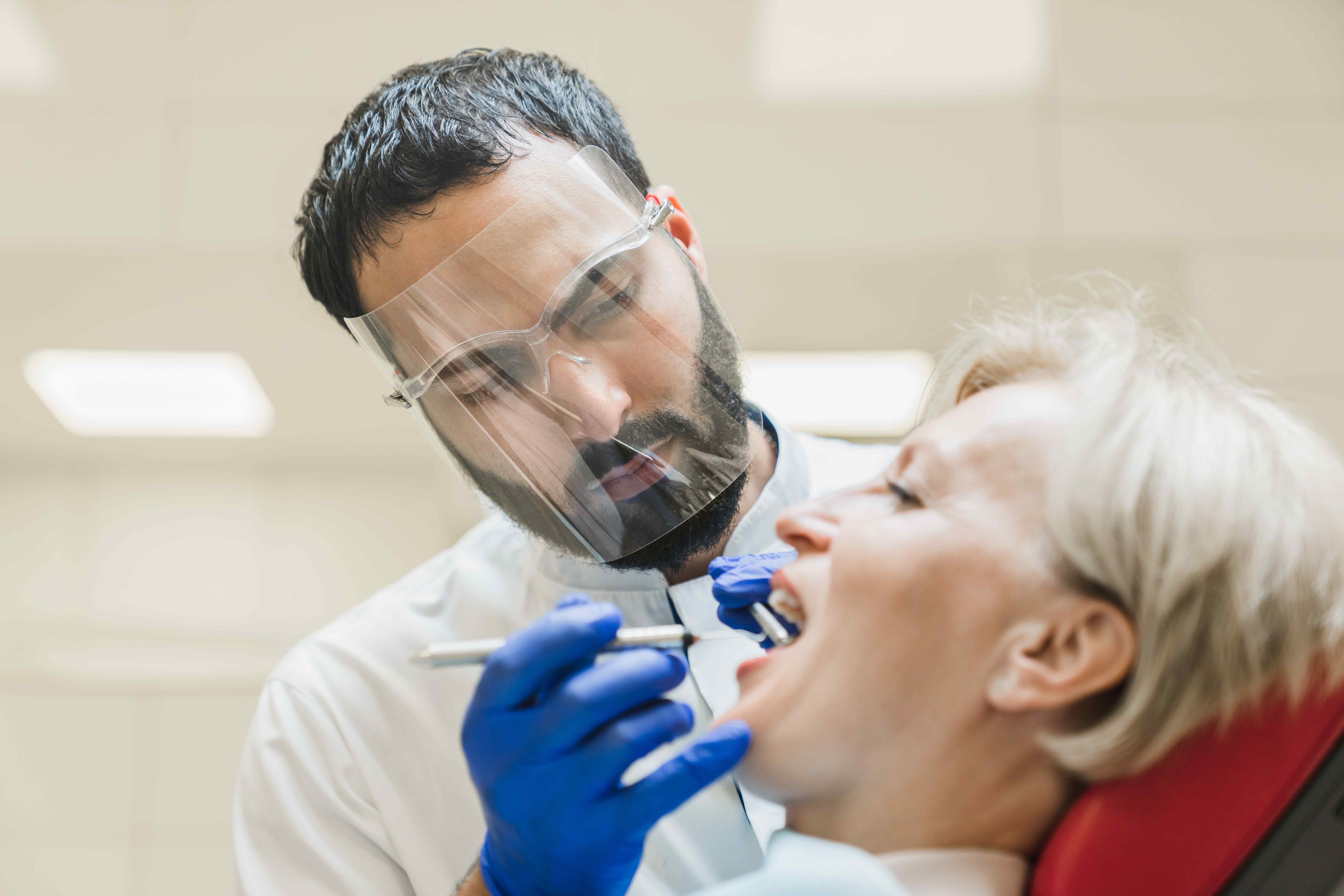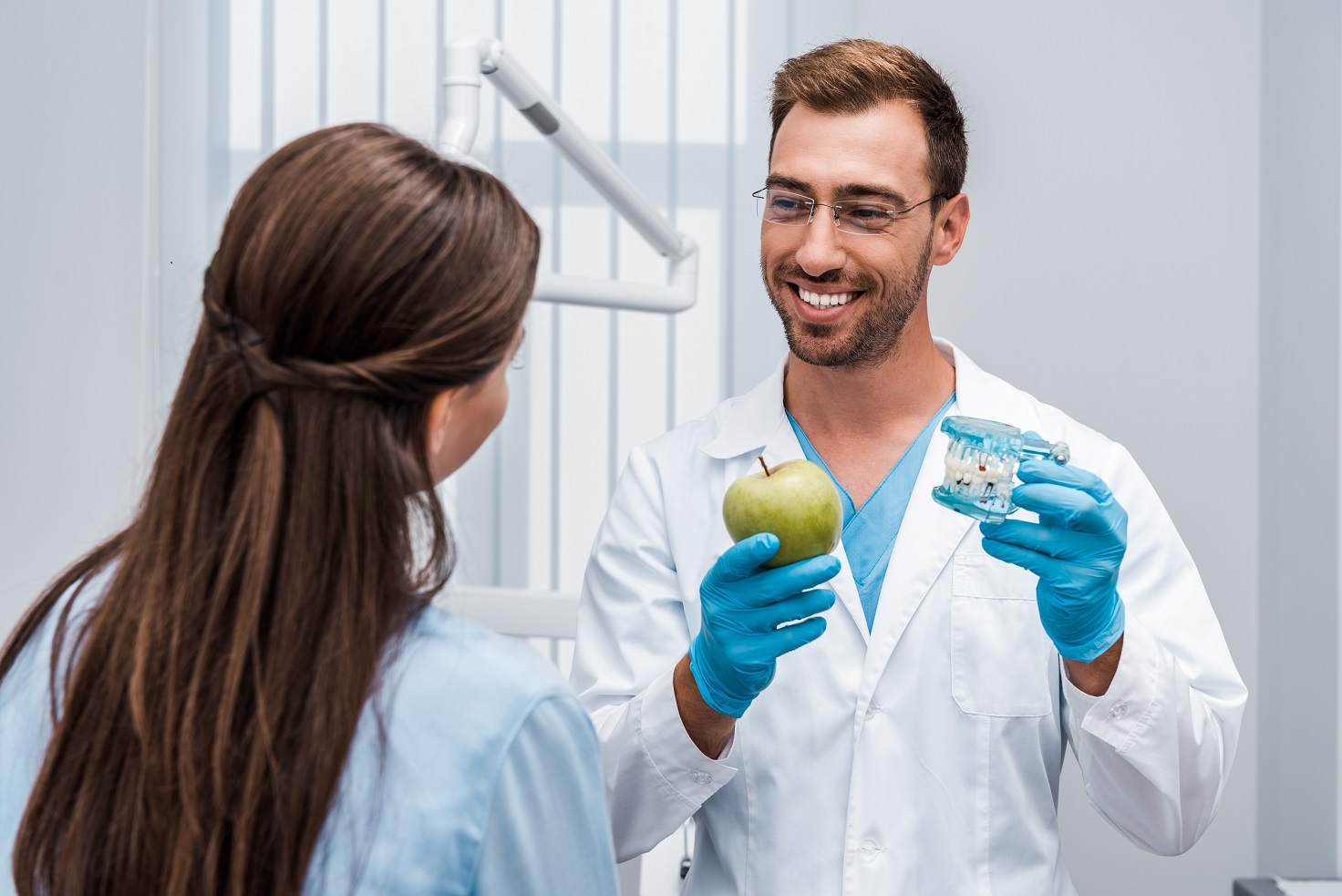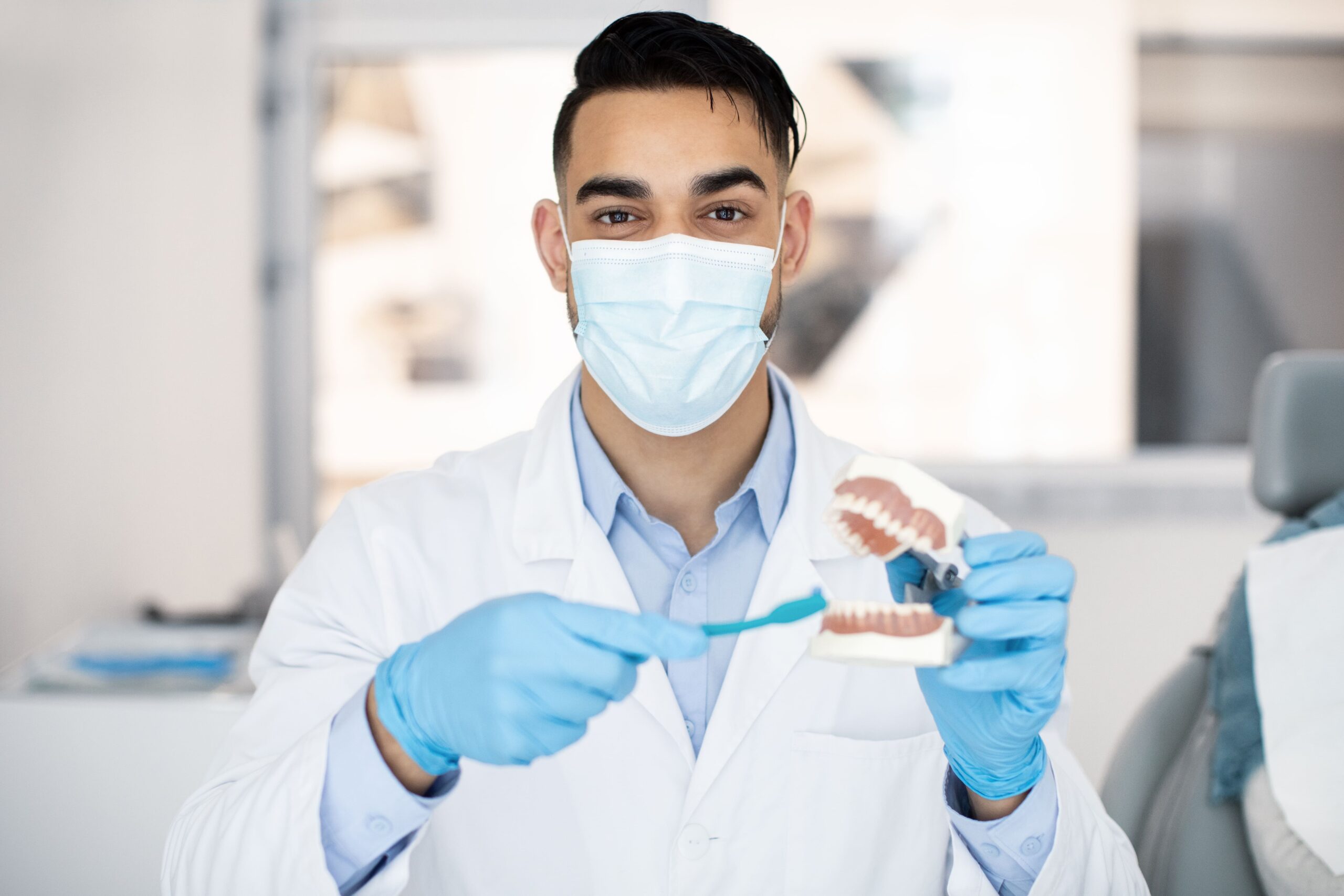Maintaining healthy gums involves more than just brushing, flossing, and regular dental visits. Increasing evidence…

Protect Your Health: Felton Dentistry’s Proactive Approach to Oral Cancer Detection
Oral cancer is a serious health concern that affects thousands of people every year. While advancements in treatment have improved outcomes, early detection remains the most critical factor in improving survival rates and minimizing the impact of the disease.
Unfortunately, oral cancer is often diagnosed at a later stage when symptoms become more noticeable, and treatment becomes more complex. This is why routine screenings and proactive awareness are essential for maintaining both oral and overall health.
In this article, we explore why early detection of oral cancer matters, how screenings work, and what steps patients can take to protect themselves.
Why Early Detection of Oral Cancer Matters?
Oral cancer refers to the abnormal growth of cells in any part of the mouth, including the lips, tongue, gums, inner cheeks, and throat. According to the Oral Cancer Foundation, the five-year survival rate for oral cancers diagnosed at an early stage is significantly higher than for those discovered at a later stage.
The challenge is that early signs of oral cancer can be subtle. A small sore, a discolored patch, or minor discomfort may not raise immediate concern. As a result, many cases go unnoticed until they become more advanced and difficult to treat.
This is why healthcare professionals emphasize the value of routine dental checkups that include oral cancer screenings. Early diagnosis can lead to less invasive treatment options, better outcomes, and a reduced risk of long-term complications.
What Happens During an Oral Cancer Screening?
Oral cancer screenings are typically quick, painless, and performed as part of a routine dental exam. The goal is to identify any unusual changes in the mouth’s tissues that may need further evaluation.
Here’s What a Standard Screening May Include
Visual Inspection
The dentist begins by visually inspecting the lips, gums, tongue, cheeks, and the floor and roof of the mouth. They look for any discoloration, swelling, sores, or lesions that could indicate a problem.
Red or white patches, rough spots, and areas that don’t heal properly are all signs that warrant closer attention.
Physical Examination
Using gloved hands, the dentist gently palpates areas inside the mouth, under the jaw, and along the neck to check for lumps or irregularities. This helps identify masses that may not be visible but could signal underlying tissue changes.
Patients may be asked if they’ve experienced persistent soreness, pain while swallowing, numbness, or hoarseness—symptoms that, when persistent, can be associated with oral or throat cancer.
Use of Diagnostic Tools
Some dental practices may incorporate special lighting or dye-based tests to help detect tissue changes that aren’t easily seen with the naked eye. These tools can assist in identifying areas that may require additional monitoring or a biopsy.
It’s important to note that not all practices use the same technology. If you’re unsure whether your dentist offers these tools, ask them about the methods they use during oral cancer screenings.
Common Risk Factors for Oral Cancer
While oral cancer can affect anyone, certain risk factors increase the likelihood of developing it. Understanding these risks is a key part of prevention and early intervention.
- Tobacco Use: Smoking cigarettes, cigars, or pipes—and using smokeless tobacco—are leading risk factors for oral cancer. Even occasional tobacco use can significantly increase risk over time.
- Alcohol Consumption: Heavy and frequent alcohol consumption is another well-established risk factor. The combination of tobacco and alcohol use further increases the likelihood of developing oral cancer.
- Human Papillomavirus (HPV): HPV, particularly the HPV-16 strain, has been linked to cancers at the back of the throat (oropharyngeal cancers). This form of oral cancer is increasing, especially among younger individuals.
- Sun Exposure: Excessive sun exposure, particularly without lip protection, can increase the risk of lip cancer. Using a lip balm with SPF is a simple preventive measure.
- Diet and Nutrition: A diet low in fruits and vegetables may deprive the body of antioxidants and nutrients that support healthy cell development. Poor nutrition is associated with a higher risk of several cancers, including oral cancer.
- Age and Gender: While oral cancer can occur at any age, it is more commonly diagnosed in individuals over the age of 40. Statistically, men are more likely to develop oral cancer than women.
What Happens If Something Suspicious Is Found?
If your dentist notices a suspicious lesion or area during your screening, it does not automatically mean cancer is present. However, follow-up is critical to ensure that potential issues are evaluated appropriately.
- Further Testing: In many cases, a brush test or tissue biopsy may be recommended to collect cells from the suspicious area. These samples are analyzed to determine whether abnormal cells are present.
- Specialist Referral: Depending on the results, you may be referred to an oral surgeon or oncologist for further evaluation or treatment. Collaboration among healthcare providers ensures timely care and proper management of any findings.
- Monitoring Over Time: Some conditions may not require immediate intervention but will need to be monitored regularly for any changes. Patients with ongoing risk factors may be scheduled for more frequent checkups to ensure early signs are not missed.
How to Reduce Your Risk of Oral Cancer?
While not all cases of oral cancer can be prevented, there are several steps you can take to lower your risk:
- Avoid all forms of tobacco use.
- Limit alcohol consumption.
- Practice safe sun exposure—use lip protection with SPF.
- Maintain a balanced diet rich in fruits and vegetables.
- Stay informed about HPV and consider vaccination where appropriate.
- Visit your dentist regularly for checkups and screenings.
- Perform monthly self-exams and report any unusual symptoms to your dentist promptly.
At-Home Self-Examination Tips
In addition to regular dental visits, patients are encouraged to conduct monthly self-examinations at home. These checks can help identify changes early and bring attention to anything new between dental visits.
To Perform a Self-Exam
- Use a mirror and good lighting.
- Check your lips, gums, tongue (top and underside), cheeks, and the roof and floor of your mouth.
- Look for lumps, color changes, persistent ulcers, or patches that don’t heal.
- Feel your neck and jawline for any swelling or lumps.
- Take note of sore throats, hoarseness, or difficulty swallowing that lasts longer than a few weeks.
If you notice anything unusual, schedule an appointment with your dentist for a professional evaluation.
Final Thoughts: Staying Proactive About Oral Health
Oral cancer may not always present with clear warning signs, especially in its early stages. That’s why regular dental visits and awareness of personal risk factors are essential tools in prevention and early detection.
By working with your dentist and taking a proactive role in your oral health, you can improve the chances of identifying problems early—when they are most treatable.
Whether it’s time for your next routine dental checkup or you’ve noticed something unusual in your mouth, don’t delay. A simple screening could make a significant difference in your long-term health.
Schedule Your Oral Cancer Screening Today
Your health and well-being are our top priorities. If it has been a while since your last oral cancer screening, now is the time to take action. Visit Felton Dentistry | Book your appointment online | Call us today to schedule your screening!


